The bouzouki, a stringed instrument deeply rooted in Greek musical tradition, has long been celebrated for its vibrant sound and cultural significance. While much attention is given to its musical qualities, the durability of its metal components—particularly the strings, tuning pegs, and frets—plays a crucial role in its performance and longevity. The wear resistance of these metal parts is not just a matter of material science but also a reflection of the craftsmanship that goes into maintaining the instrument's authenticity and playability.
Bouzouki strings, typically made from steel or a steel-nickel alloy, endure constant tension and friction from plucking and strumming. Over time, this repetitive stress can lead to fraying, corrosion, or even breakage, which directly impacts the instrument's tone and tuning stability. High-quality strings are often coated with thin layers of protective materials like chromium or polymer to reduce wear, but even these eventually succumb to the demands of frequent playing. Musicians who perform regularly often find themselves replacing strings every few weeks, a testament to the relentless wear they experience.
The tuning pegs, another critical metal component, must withstand both mechanical stress and environmental factors. Cheap or poorly manufactured pegs can slip or degrade, making it difficult to maintain proper tuning. Many professional bouzouki players opt for pegs made from hardened brass or stainless steel, which offer better resistance to wear and corrosion. Some luthiers even incorporate self-lubricating alloys to minimize friction between moving parts, ensuring smoother adjustments and a longer lifespan for the tuning mechanism.
Frets, the small metal strips embedded along the bouzouki's neck, are subject to constant contact with the strings. Over years of playing, the frets can develop grooves or uneven surfaces, leading to buzzing sounds or intonation issues. While stainless steel frets are becoming more popular due to their durability, traditional bouzoukis often use nickel silver, a softer alloy that requires periodic maintenance. Refretting is a common repair, but advancements in fret wire technology—such as hardened alloys or diamond-like carbon coatings—are slowly making their way into the world of Greek luthiery.
Beyond the strings, pegs, and frets, other metal fittings like the tailpiece and bridge pins also contribute to the bouzouki's resilience. These parts, though less frequently discussed, are essential for distributing tension and maintaining structural integrity. Corrosion-resistant materials like aluminum or titanium are sometimes used in high-end models, though purists argue that traditional metals like brass or nickel offer a more authentic tonal character. The balance between durability and tradition remains a topic of debate among players and craftsmen alike.
Environmental factors further complicate the wear equation. Humidity, temperature fluctuations, and even the acidity of a player's sweat can accelerate metal degradation. Musicians in coastal regions, where salty air is prevalent, often report faster corrosion of their instrument's metal parts. To combat this, some players apply protective waxes or oils to exposed metal surfaces, while others store their bouzoukis in climate-controlled cases. These small but meaningful practices highlight the intersection of care and material science in preserving the instrument.
The bouzouki's metal components are more than just functional elements—they are a bridge between the player and the music. The wear they endure tells a story of countless hours of play, of performances in dimly lit tavernas and sun-drenched festivals. While modern advancements in metallurgy offer solutions to extend their lifespan, there is something poetic about the natural wear that comes with time. It is a reminder that even the most durable materials are shaped by the hands that use them, just as the bouzouki itself shapes the sound of Greek music.

By /Jun 6, 2025

By /Jun 6, 2025

By /Jun 6, 2025
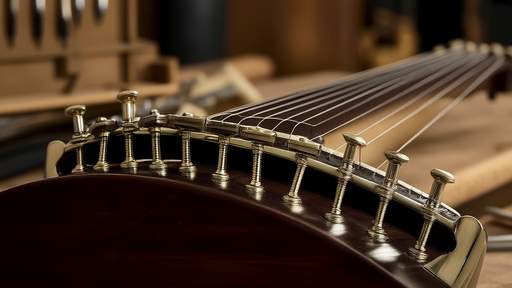
By /Jun 6, 2025
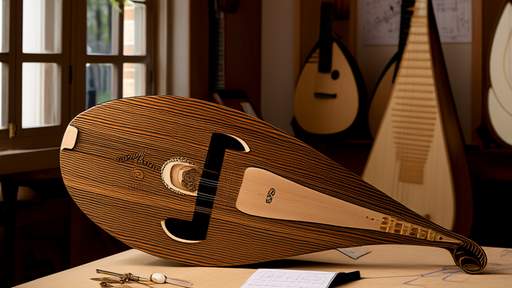
By /Jun 6, 2025
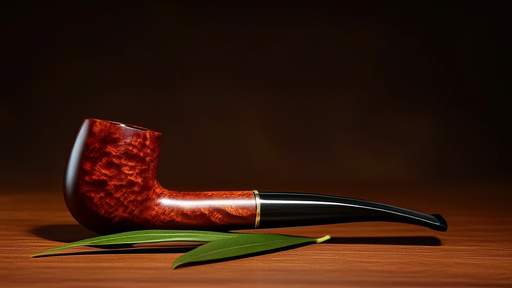
By /Jun 6, 2025

By /Jun 6, 2025

By /Jun 6, 2025

By /Jun 6, 2025

By /Jun 6, 2025

By /Jun 6, 2025

By /Jun 6, 2025

By /Jun 6, 2025

By /Jun 6, 2025
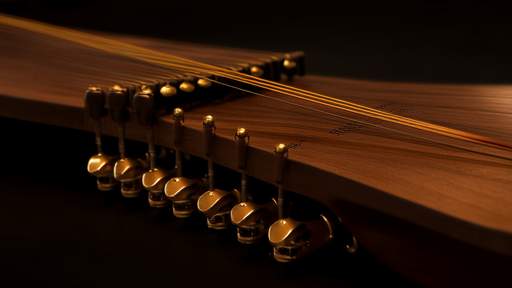
By /Jun 6, 2025
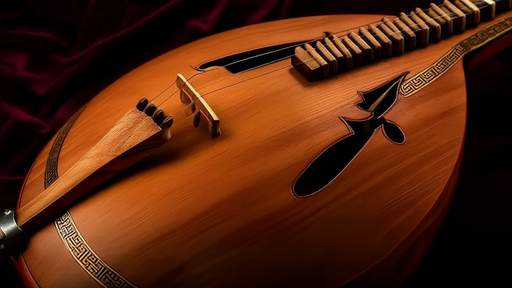
By /Jun 6, 2025

By /Jun 6, 2025
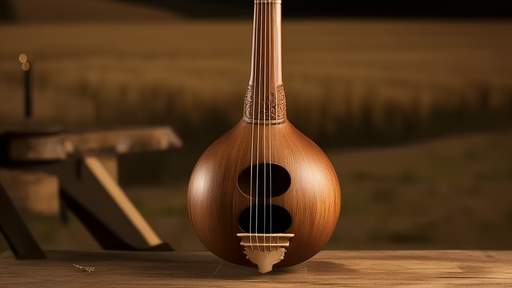
By /Jun 6, 2025

By /Jun 6, 2025
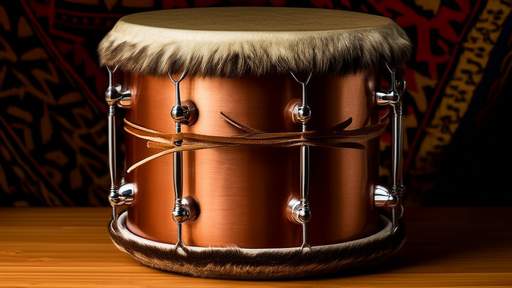
By /Jun 6, 2025